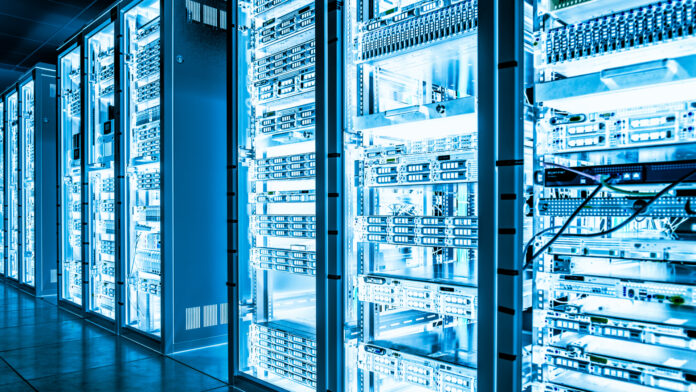Tech and energy giants are redrawing the map of power generation and delivery to keep up with the rising demands from AI
As AI workloads continue to grow, the power behind the processing is becoming the real bottleneck. From Amazon’s wind deals to U.S. regulatory standoffs and Equinor’s restructuring, the global energy scramble to support AI-scale infrastructure is intensifying. This week’s announcements show how energy strategy is now AI strategy.
Amazon secures 472MW wind deal in Finland
Amazon signed two long-term PPAs with Swedish developer OX2 for 472MW of onshore wind — 367MW from Rajamäenkylä and 105MW from Honkakangas — totaling 700 million euros ($795.7 million) in investment. The projects, backed by Spanish bank Santander, begin construction immediately. The Rajamäenkylä wind farm is expected to be completed in 2028 while the Honkakangas wind farm is expected to be fully operational in 2027. Amazon now holds 772MW in Finland, even without a cloud region there. Read more
Takeaway: These Nordic deals position Amazon to serve future AI workloads with clean energy — showing how hyperscalers are securing energy ahead of infrastructure.
Equinor creates new power unit to meet growing demand
Equinor announced plans to merge its renewables, gas-to-power and storage assets into a single “power” unit. The move reflects rising energy demand from AI and electrification. The new power business area will combine the current business area renewables and flexible energy assets from the business area marketing, midstream and processing, allowing for a holistic approach to power and markets. Its current portfolio includes mega wind projects across the UK, U.S., and Poland, plus flexible generation to balance intermittent sources. Read more
Takeaway: This structural shift marks how legacy energy firms are adapting to AI’s current demands — offering integrated solutions across renewables and traditional power sources.
U.S. regulators block Amazon nuclear data center expansion
The Federal Energy Regulatory Commission (FERC) denied a request to increase power from 300MW to nearly 1,000MW for Amazon’s co-located data center at Talen Energy’s Susquehanna nuclear plant. The model — tapping power directly from generation — faces scrutiny over grid fairness and public impact. Read more
Takeaway: Co-location promised speed, but regulatory pushback could slow hyperscaler expansion — highlighting friction between innovation and public oversight.
Eric Schmidt: “10GW Data Centers Are Coming”
At a House Committee on Energy and Commerce hearing, former Google CEO Eric Schmidt warned that current U.S. grid systems can’t handle future AI energy demands. He called for urgent investment in small modular reactors (SMRs), fusion and faster grid approvals. “People are planning 10 gigawatt data centers now,” he said. “An average nuclear power plant in the United States is one gigawatt,” he told lawmakers. “What we need from you… is we need the energy in all forms, renewable, non-renewable, whatever. It needs to be there, and it needs to be there quickly,” he stressed. Rear more
Takeaway: Regulatory reforms and next-gen energy sources are key if the U.S. wants to avoid falling behind in the AI race due to power constraints.
Big Picture
Across the board, tech and energy giants are redrawing the map of power generation and delivery to keep up with the raising demands from AI. What’s emerging is a deep interdependence: AI can’t scale without a flexible, robust and modernized energy ecosystem. Expect more tech-energy deals, pressure on regulators and a fierce race to secure clean, reliable power.
What else is powering AI infra today?
Galaxy Digital moves from crypto to AI with 200MW infrastructure deal with CoreWeave
Silicon photonics startup nEye raises $58M to support high-performance AI data centers
Bit Digital acquires third site in Montreal to expand its North American data center footprint
UAE-based G42 explores AI infrastructure and data center investments in Vietnam

